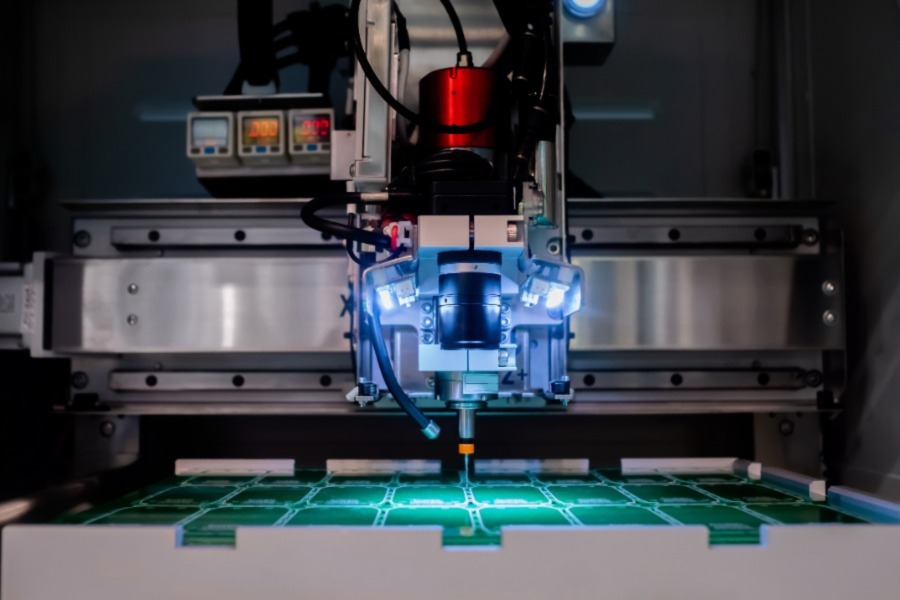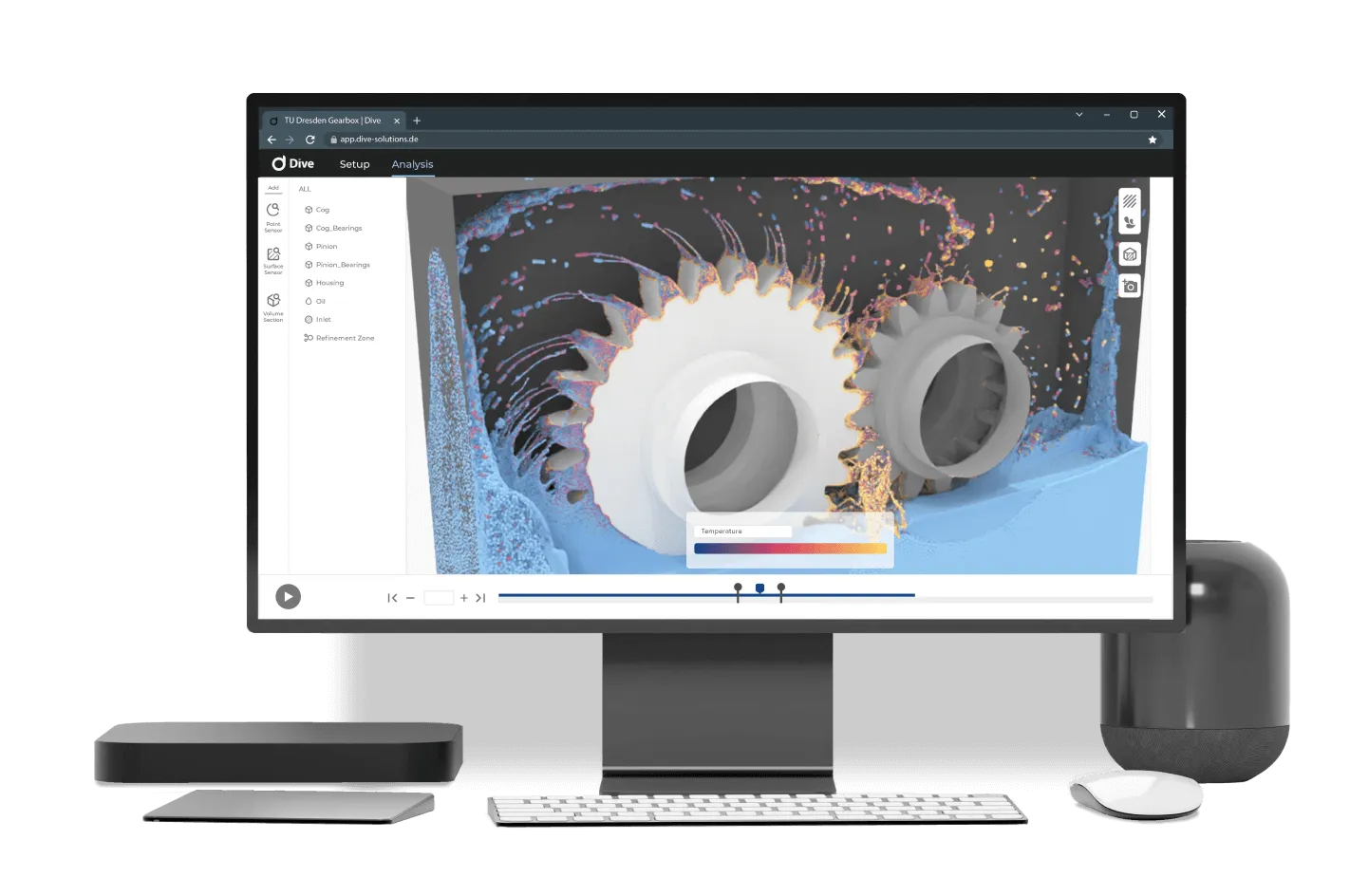
In the dynamic landscape of the processing industry, a relentless pursuit of innovation is essential to navigate the challenges posed by evolving technologies and market demands. From raw materials to intricate manufacturing processes, the industry is constantly driven by the need for advancement. Staying competitive mandates substantial investments in research and development, coupled with a commitment to adhering to stringent quality and safety standards prevalent in food, chemical, and pharmaceutical sectors.
The complexities of global supply chains add another layer of intricacy, impacting the seamless flow of materials and products. Intense competition within the industry necessitates the proper balance between optimizing production costs and upholding high-quality standards. Ensuring product quality and reliability is not only a strategic imperative but aligns with both industry regulations and the discerning expectations of customers.
Due to these complexities, the processing industry grapples with the iterative nature of designing, prototyping, and testing. Variability in raw materials, production processes, and environmental conditions demands solutions that expedite product development and enhance troubleshooting turnaround time.
Embracing simulation-driven design emerges as a strategic solution for the processing industry. This transformative approach accelerates time-to-market and minimizes reliance on extensive physical testing, facilitating faster and more informed engineering decisions. Beyond cost savings, simulation-driven design provides the technical insights required to foster novel design ideas and maintain a competitive edge in the industry.
Simulation-driven design enables broader and earlier verification of designs, reducing the risk of product failure and costly maintenance. Leveraging mesh-free technology, user-friendly automation, and collaborative workflows, design engineers gain the autonomy to conduct simulation studies independently. This empowers simulation experts to focus on more complex inquiries, ensuring the overall modeling quality and efficiency of the process.
In essence, simulation-driven design empowers the processing industry to tackle challenges with precision, speed, and technical excellence. By fostering innovation and maintaining a competitive position, the industry can thrive in an ever-evolving landscape, ensuring efficiency in the face of dynamic challenges.

If your engineering team is dealing with liquids and heat management, chances are this is the right software for you.
Use the Dive CFD software, free for a week, including service by a Customer Success Engineer who will ensure successful results for your project. No strings attached. Comfortably evaluate your project before you commit to a subscription.

A Dive representative will contact you, typically within 1 business day. Note: Only registrants with valid use cases will be contacted.